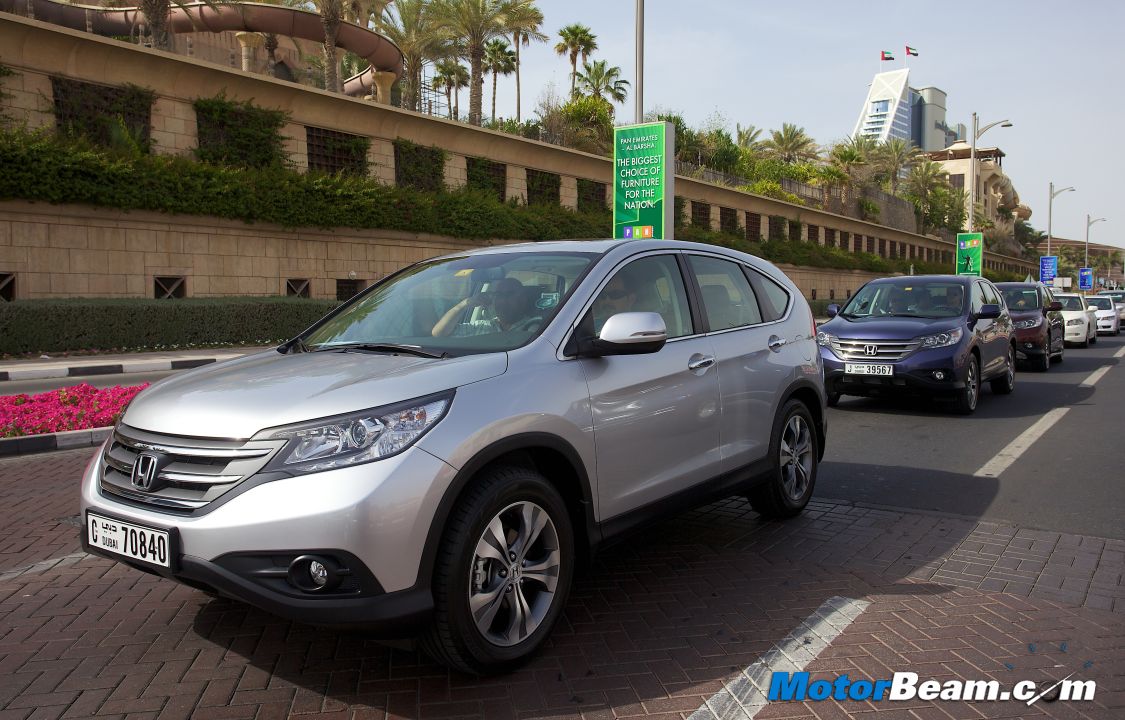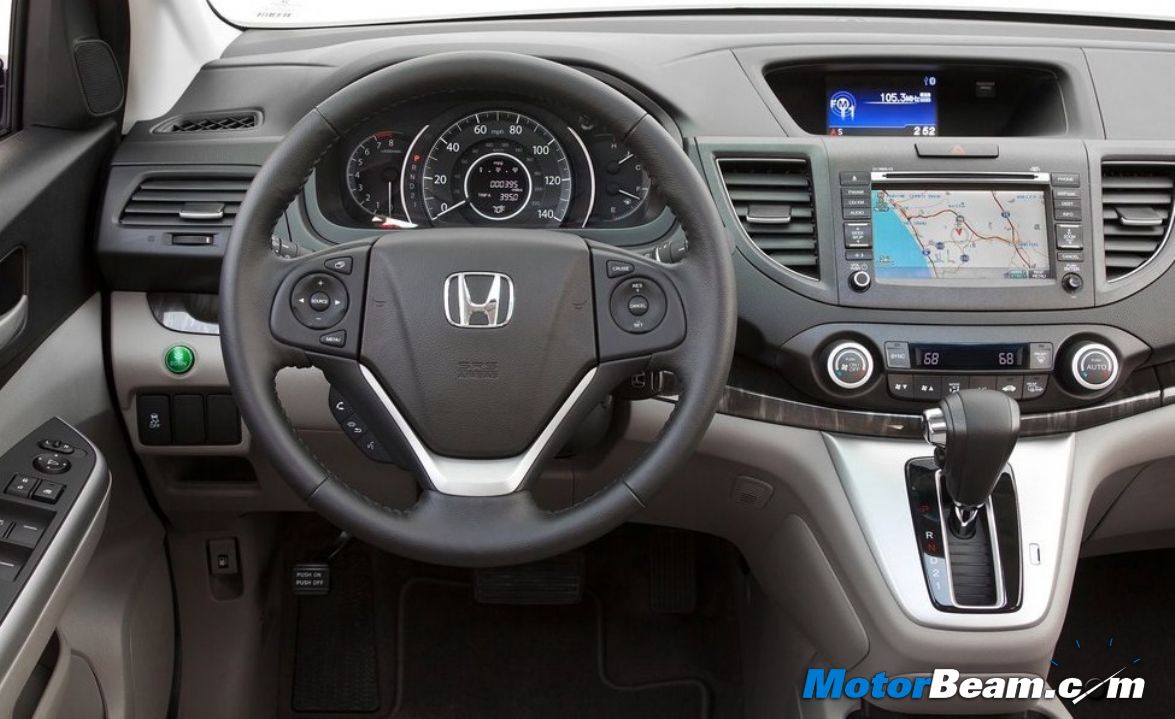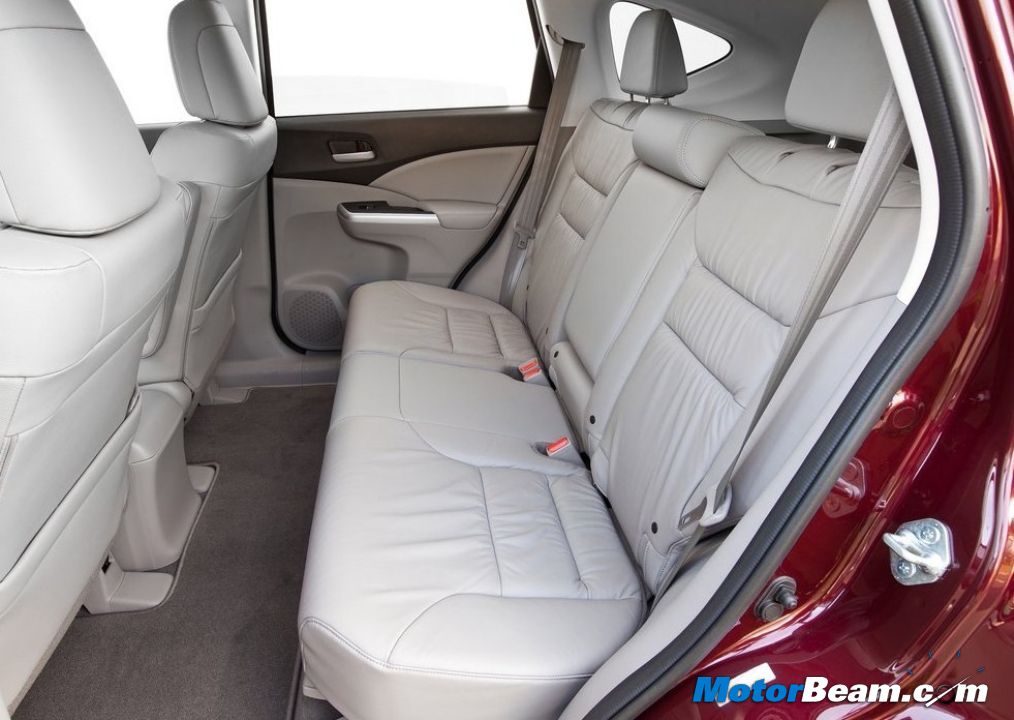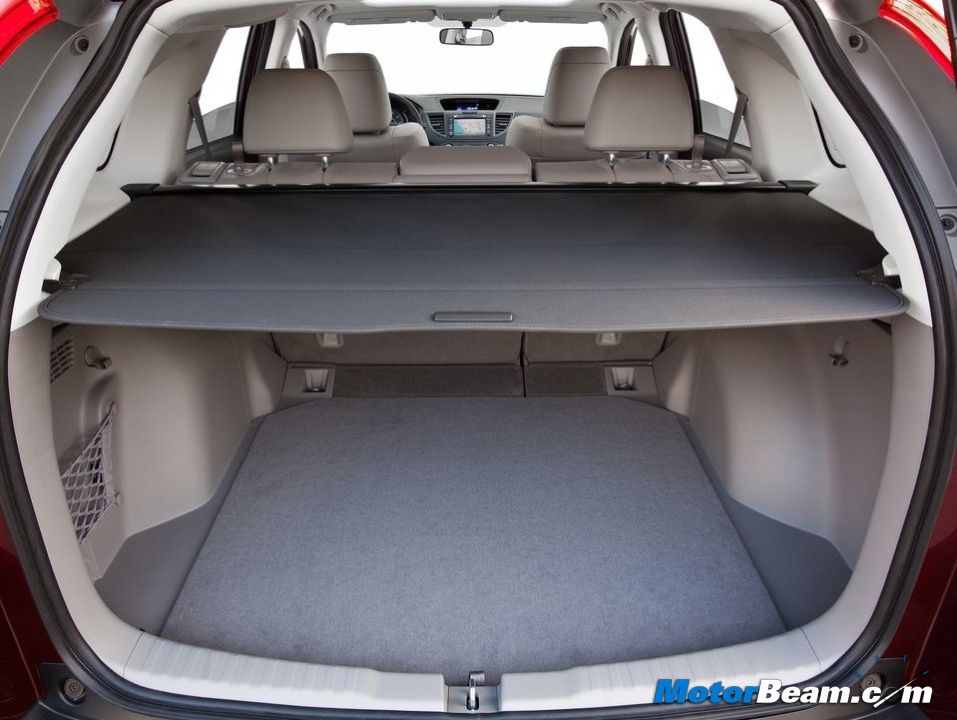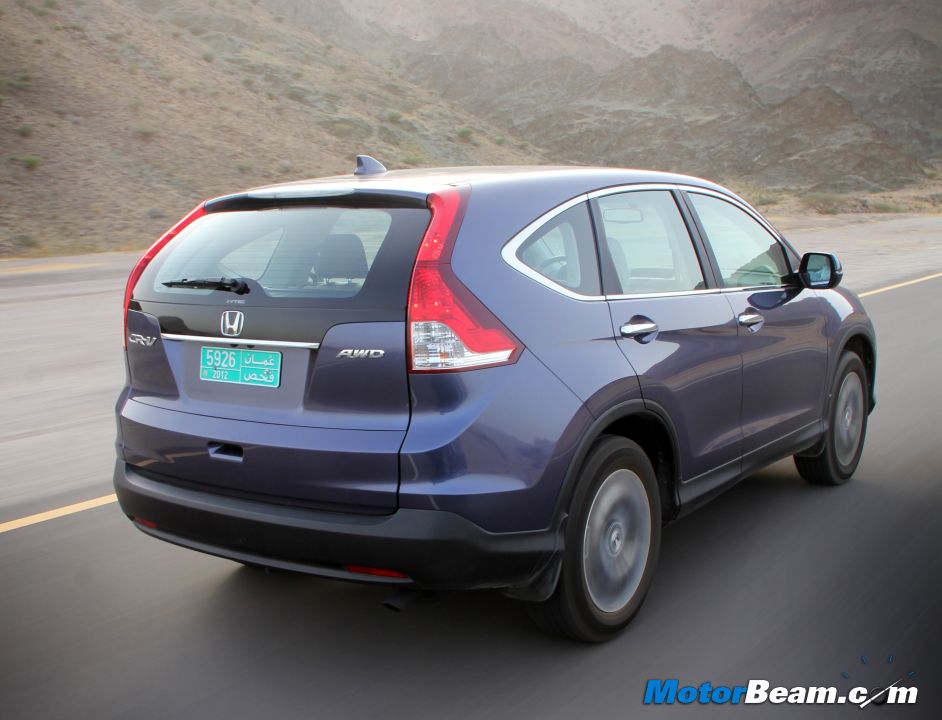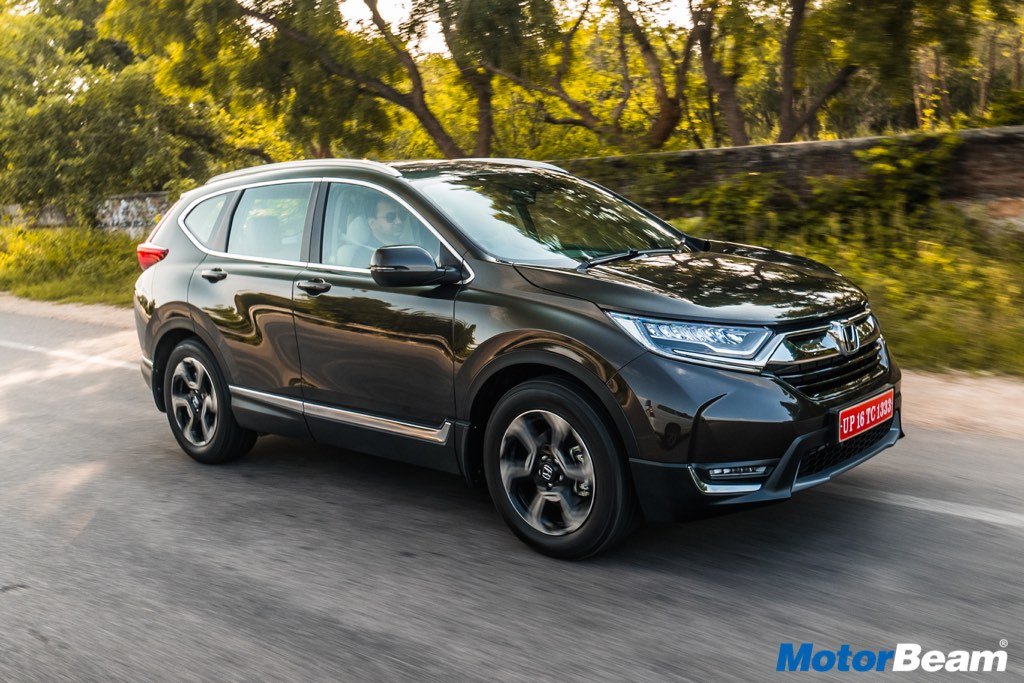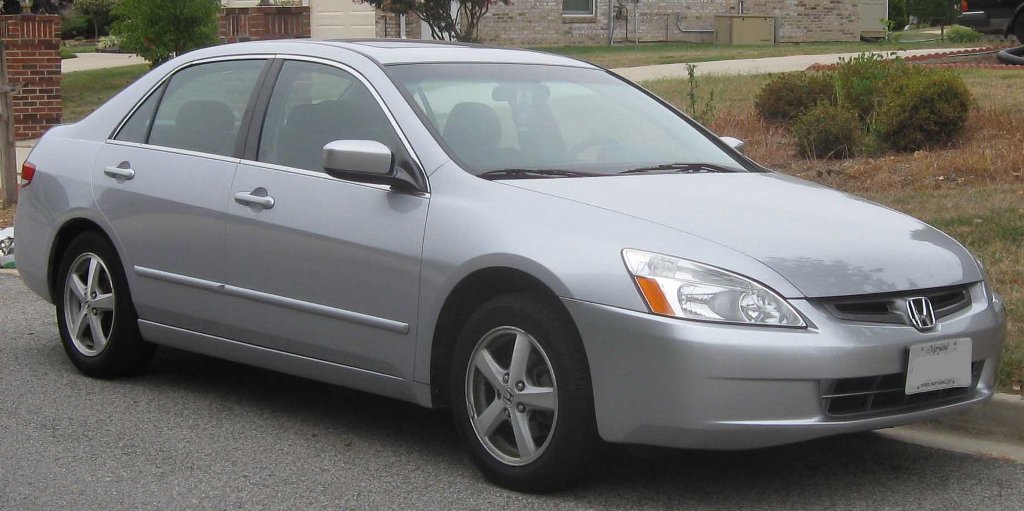Honda CR-V Review
Honda and compatriot Toyota are recognized as the pioneers of the crossover SUV craze which they began in mid 90s. Honda began the experience by engineering the then Civic platform and subsequent generations have firmly established the CR-V as the benchmark vehicle in its class in terms of quality, refinement and popularity. The all-new 2012 Honda CR-V is the fourth generation of Honda’s most popular and widely acclaimed SUV in the global market. Honda created the original concept of this class of lifestyle utility model as a Comfortable Runabout Vehicle and hence the initials CR-V. The package was a revolution for its time, four-doors with five-passenger accommodation and useful running gear. The successful pioneering philosophy continues and with each new version Honda has introduced is in general an improvement on the previous generation.
While, it is not surprising that the incoming CR-V retains its familiar profile and stance, beneath the familiar sheet metal, the CR-V is reportedly based on a completely new platform that factors in improvements like improved interior space, a lower load floor, and a lower overall height.
At first glance its styling definitely falls more toward evolutionary than revolutionary category as it seems to have received specialized touches from its designers. While most of the design changes are minor, one does note some of the family design DNAs which have dictated the headlamps to become sleeker, a lowered by an inch roofline and the side sheet metal sculpting bit more pronounced or aggressive. The most notable design difference is both functional and cosmetic, front face is more corporate, a little sleeker and softer round the corners. The grille still sports three horizontal bars but is wider spaced and the lower valance appears more pronounced with built in fog lamps.
The bonnet sculpting has been reversed from convex to concave and wheel arches are bolder – all combined to give the new Honda CR-V a stronger stance. Meanwhile, at the rear, the tailgate and tail lamp are re-done and appear more contemporary than anything currently available in the segment. The rearview of the Honda CR-V looks complete, as if the stylists knew where they wanted to go when they started and finished the job. Overall, Honda designers are to be commended for not messing too much with the established and accepted design format.
Inside the cabin, the atmosphere is familiar and the model now offers a lot more than its predecessor. The finish is Honda-spec, with everything fitting snugly and pleasantly styled panels and trim pieces complimenting each other. However, to a trained eye, there’s ample evidence of Honda’s apparent cost-cutting efforts in places. Honda’s decision to go with hard plastic surfaces everywhere but the door armrests is somewhat disappointing.
While exterior designers lowered the roofline by an inch, interior designers had to live with it as there wasn’t much scope to save headroom. Seats are comfortable, with adequate if not remarkable thigh support. The shift lever is in the central console pod as before. The instrument panel is high tech and gets a simplified streamlined look with two layers. Climate controls are just below audio controls and there’s a small, five-inch ‘i-MID’ trip-computer and audio screen in the recess in the centre of the dash. We liked the idea of simple gauges and straightforward switchgear. While the centre console runs between the front seats, it has been redesigned to include cupholders, a tray, two storage compartments and a USB port.
Drivers will note that on each side of the large round speedometer is a thin light strip that glows green to signal when the engine is optimizing fuel economy or blue when pushed. The rear cargo compartment is slightly larger when the rear seats are folded, but the cargo compartment is no longer perfectly flat. As new and fresh as the dash looks, it also hints at Honda’s efforts to shave costs on the 2012 CR-V. Nearly all surfaces are hard plastic. The surfaces are visually pleasing, with upscale-looking graining and metallic-like finishes, but the touch-feel communicates otherwise. This niggle gets overtaken as Honda’s engineering and management of the rear cargo spaces get top marks by outclassing all the competitors in the segment except the RAV4 because it has what we think is simply the best rear seat-folding arrangement of any vehicle in this class and with the rear seat backs up, there’s an impressive 37.2 cubic feet available. Useful kit includes side cargo net and higher spec levels get a removable and retractable cargo cover. Fold the back seats down, and an almost flat cargo floor that’s 61.4 inches long is available. We note that the cargo floor has been dropped resulting in lift over height of just 23.6 in.
Modern other convenient features include Bluetooth-enabled hands-free capability and streaming audio. Also included is a rear view camera, and its multi-angle unit that lets the driver choose between a top view and either a 130-degree or a 180-degree view. Automatic climate control, leather, heated front seats and a premium, 328-watt audio system with a subwoofer are in the package.
The incoming generation comes with the usual bells and whistles that have become standard with Honda’s generally conservative policy, but the bonus is Honda’s focus on enhancing powertrain efficiency. As before, there is only one engine offered, which is an upgraded version of the previous CR-V’s 2.4-litre 4-cylinder that now produces 188 BHP and 240 Nm of torque with one transmission choice. However, the transmission has been upgraded over the 2011 version with revised gear ratios. With these enhancements, Honda promises a 10 per cent improvement in fuel economy. The CR-V’s suspension system uses a MacPherson strut design in the front and a precise multi-link rear suspension and the compact multi-link suspension has also helped maximize second-row seating and cargo space. And depending on trim levels, 17 inch or 16 inch rims are offered with 225/65R17 or 215/70R16 all-season tyres. The spare wheel is a space saver.
As with the trend in the new Hondas, new on the 2012 CR-V is the Eco-Assist system. This is designed to adjust transmissions shift points and will gently retard acceleration to improve fuel economy. The good thing is that the Eco-Assist can be overridden by the driver at will. Also included is hill-start assist, which applies the brakes when the car is stopped on an incline and releases them when the driver touches the accelerator.
Driving impressions – Since there’s some tweaking in the powertrain, the car’s mid range appears peppier now but where this car really shines over the older car is in its seamless power delivery. The car definitely feels a lot more comfortable on the highway thanks to its stress-free power delivery. On highways and asphalt, the ride and handling is solid without being overly firm and stable with little body lean in corners even at elevated speeds. While driving this car, one hardly notices that there are only five gears, while most of the competition has moved up to 6-speed transmissions as the ratios are very well spread out. Surface irregularities are mostly filtered before they reach the occupants.
While the new electric power steering has been integrated with more jobs, it now complements the electronic stability control system by helping stabilize the CR-V during heavy braking and introducing a degree of corrective steering input to mitigate understeer (when the vehicle wants to go straight instead of turn) and oversteer (when the vehicle wants to turn more than the driver intends). But in terms of feel and feedback it follows what most of the industry faces, a good amount of numbness instead of sharpness. Although the current trend in the automotive business is to replace energy consuming hydraulic power steering set-ups in favour of electric ones, very few car makers have actually been able to remove that numb feeling altogether, including Honda.
Despite the introduction of electric power steering system to the Honda CR-V and re-tuned suspension for a better ride and reduced harshness, compared to the previous version the car the cabin is quieter, thanks to the excellent double door seals and bolstered the body structure, but the overall handling has marginally improved and we think Honda engineers could do some work out here.
Verdict – While there may be better cars when it comes to performance and dynamics, the new CR-V scores a lot of points as an ideal city car thanks to its user friendly nature. Although, it hasn’t changed much, but the meaningful refinements keep it at the top of its class, for the mission it has in mind. If you’re cross-shopping compact crossover vehicles for family use, you’ll definitely want to put the 2012 Honda CR-V on the list.



